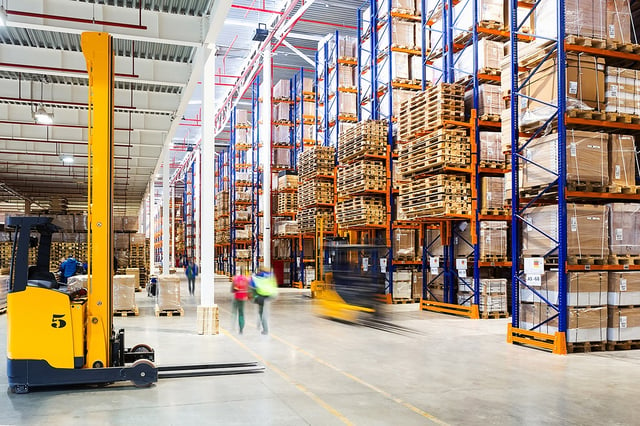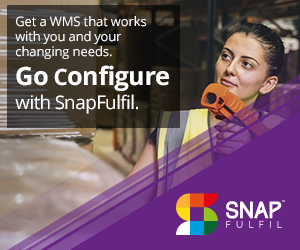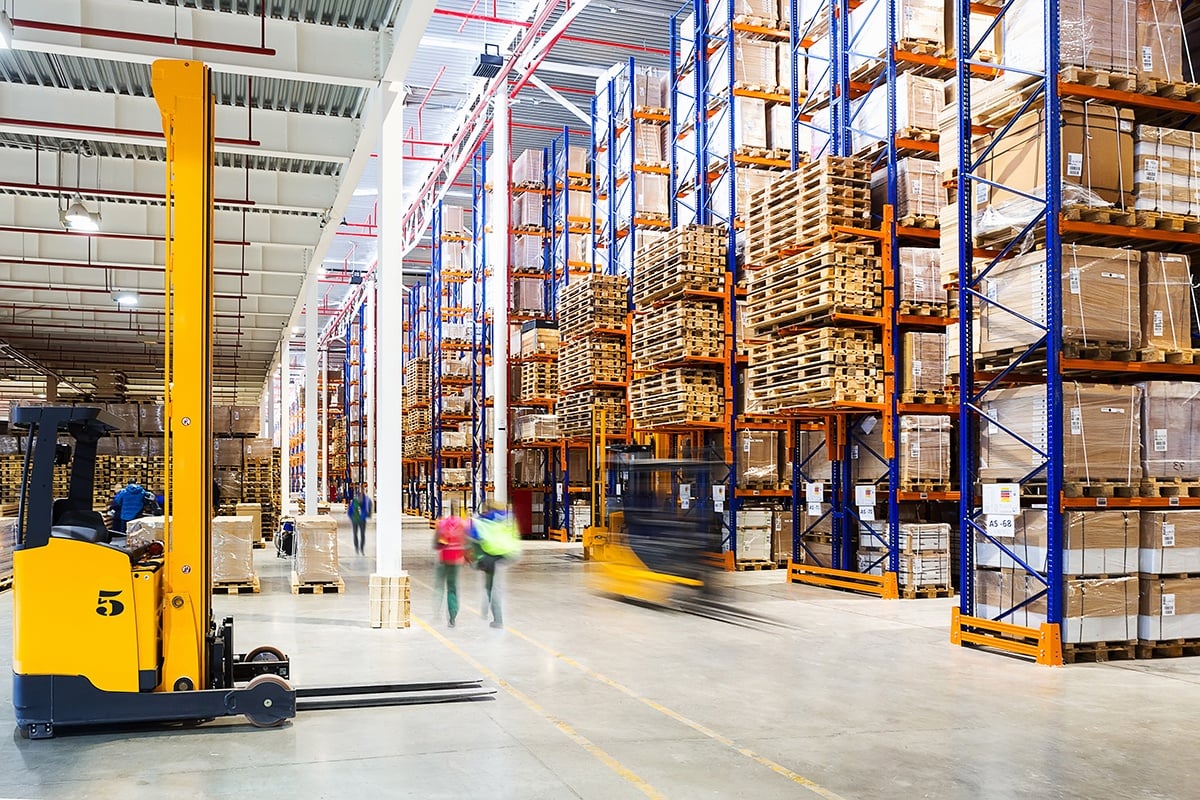Why do I need real-time task management?
If you’ve recently passed through an airport, perhaps en route to a spring holiday, you may have an appreciation for how complex the logistics surrounding commercial flights really are.
Flights and passengers must be directed to the correct gate. Security lines must be configured properly to keep passengers moving. Airlines need a complete manifest to ensure all passengers are on the correct plane – and because passengers may be on standby for open seats, this manifest needs to be real-time. The control tower needs complete visibility into the status of each flight to ensure planes are assigned the proper takeoff order. And if one of these things goes slightly awry, the entire flight plan can be thrown into chaos.
For warehouse operators, such a complicated layer of logistics probably sounds familiar. And it’s exactly why efficient warehouses require real-time task management – a solution that can react quickly to changing requirements and priorities.

The trouble with transactional task management
Generally, warehouses employ one of two task management solutions: transactional or real-time. The most obvious difference is usually the cost – real-time transactional systems require a greater investment. Upon further examination, however, you’ll see that one gives you a ten-thousand-foot view of your operations – while the other allows you to actively adjust processes as requirements change.
Think about transactional systems as an airport arrival/departure board. You see an overview of all of the airport’s complete activity – what flights are landing and taking off, current time of departure/arrival and the flight’s gate. This information is useful for passengers, but it would be impossible for airlines or air traffic controllers to run the airport with only this information – rather than complete access to the current tarmac conditions on determining this high-level flight data. You’d have no idea how many passengers are boarded or due to board, and the ground would have very little error tracking capability.
You’ll find the same issue when you operate a warehouse using transactional task management. Transactional systems will only know if an order is ready to pick, if it’s in transit or if it’s ready to ship. They won’t track item movement across the floor or register how many items need to be in which location. Your pickers could be navigating inefficient paths through the warehouse, greatly slowing down your operations, and you’d have no idea.
To address these data blind spots, more warehouse managers are shifting to real-time task management solutions.
How real-time task management improves efficiency
Real-time warehouse management systems give managers greater control over warehouse processes. A real-time WMS uses sophisticated rules configured specifically for the requirements of a particular operation in order to A) drive the correct process for every order and B) create a number of different task types to manage the whole process automatically. These might include:
- Single-item picks, which can then be combined automatically into the shortest pick walk for all single items in a zone/section or walk sequence.
- Multi-item picks, which can be handled in various ways, but still automatically grouped into sequences and orders. These can also be connected to a zone/section etc.
- Two-man lift/big and awkward tasks
- Case or layer pick tasks
- Part pallet picks
- Full pallet picks
- Replenishment tasks that automatically get high priority as the pickface/location needs the items before the pick can be allocated.
A best-of-breed, real-time WMS can manage these tasks in the background, like an assistant warehouse manager carefully monitoring everyone’s efforts. These tasks will then be automatically allocated to the users, based on the permissions and roles that managers assign to them, time and date stamped at each stage and reported in real time to management. Any exceptions are also managed using the best practice rules. If the warehouse is large, these tasks can also be configured to keep your operatives in the areas they are needed/can be most efficient and only moved when necessary.
For best visibility into your processes, choose real-time
To use our airport analogy once more, imagine the airport is the warehouse and the inbound and outbound aircraft are now operatives, moving through the skies to pick, receive, put away and replenish holiday hotspots. The system controlling everything, reacting to changes, prioritising urgent orders and ensuring that everything is on time is the “real-time” air traffic control system. That’s what a best-of-breed WMS does.
Real-time warehouse management systems are specialist solutions, designed by a provider that focuses on a specific area of expertise, helping the owner to perform the actions required to the best of their ability and to provide expert support if things do not go according to plan. If you’re ready for better control over your warehouse processes, consider upgrading your WMS.



